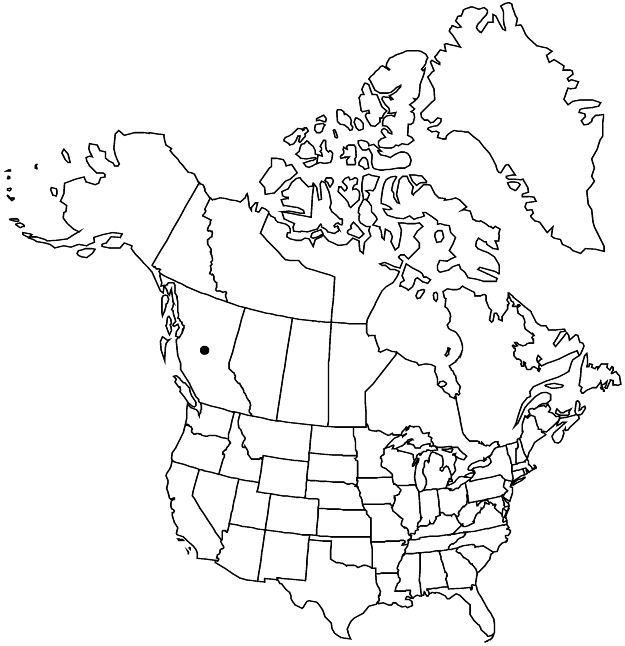Crataegus orbicularis
Sida 20: 138, fig. 9. 2002.
Shrubs, wide-spreading, 20–40 dm. Stems: twigs: new growth sparsely pubescent, 1-year old strong mid brown, older dull gray; thorns on twigs straight or more often recurved, slender, 3–5 cm. Leaves: petiole 1.2–2 cm, adaxially short-hairy, usually eglandular; blade broadly elliptic to suborbiculate, 5–8 cm, thin, base curved in wider blades, ± attenuate in narrower ones, lobes 3 or 4 per side, short-triangular, margins serrate, teeth very small, except near base, veins 5 or 6(or 7) per side, apex ± subacute, abaxial surface glabrate, veins hairy, adaxial short-appressed-hairy. Inflorescences 10–18-flowered; branches sparsely villous throughout, sometimes glabrate distally; bracteole margins sessile-glandular. Flowers 18 mm diam.; hypanthium glabrate; sepals narrowly triangular, 5–6 mm, margins finely glandular-serrate, abaxial pubescence not recorded; stamens 10, anthers pink; styles 3 or 4. Pomes in showy infructescences, brick red (mid to late Aug) becoming deep burgundy (Sep), ± oblong, 7–10 mm diam., glabrate; sepals ± erect, wide, length not recorded; pyrenes 3 or 4, sides shallowly pitted or almost plane.
Phenology: Flowering May; fruiting Sep–Oct.
Habitat: Brush, natural hedgerows
Elevation: 300–400 m
Discussion
Of conservation concern.
Crataegus orbicularis is known only from within a few miles of Enderby. The species is readily distinguished from sympatric taxa by the unusual pale yellowish green color of the foliage when young, leaf shape, large flowers, and small glabrous pomes with prominent erect sepals.
Selected References
None.
